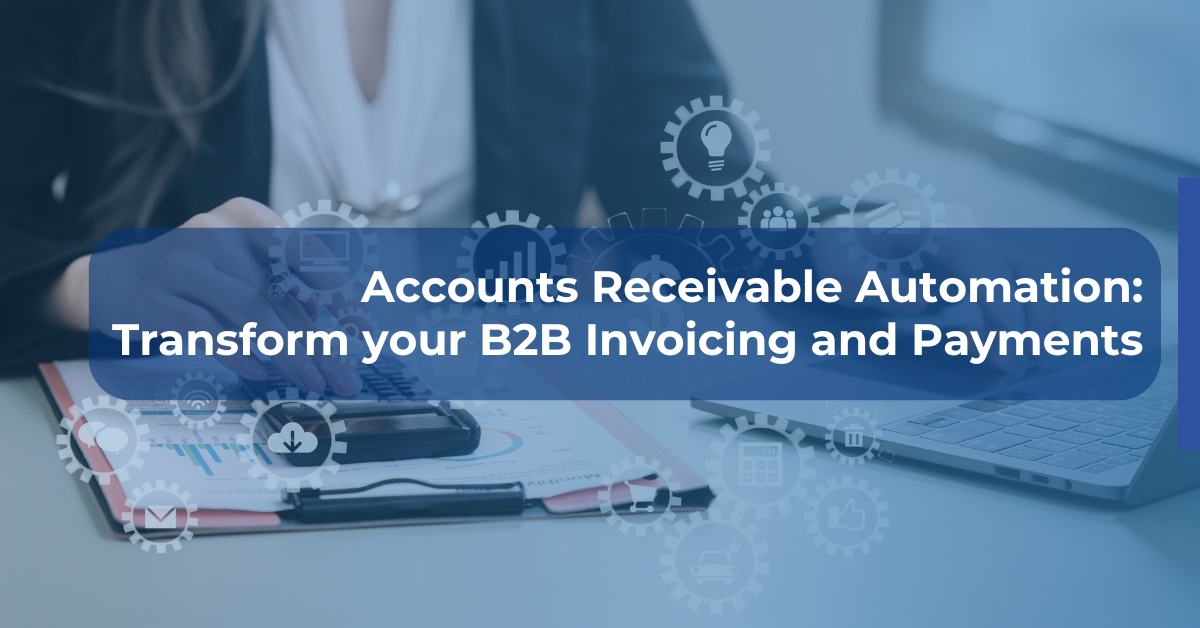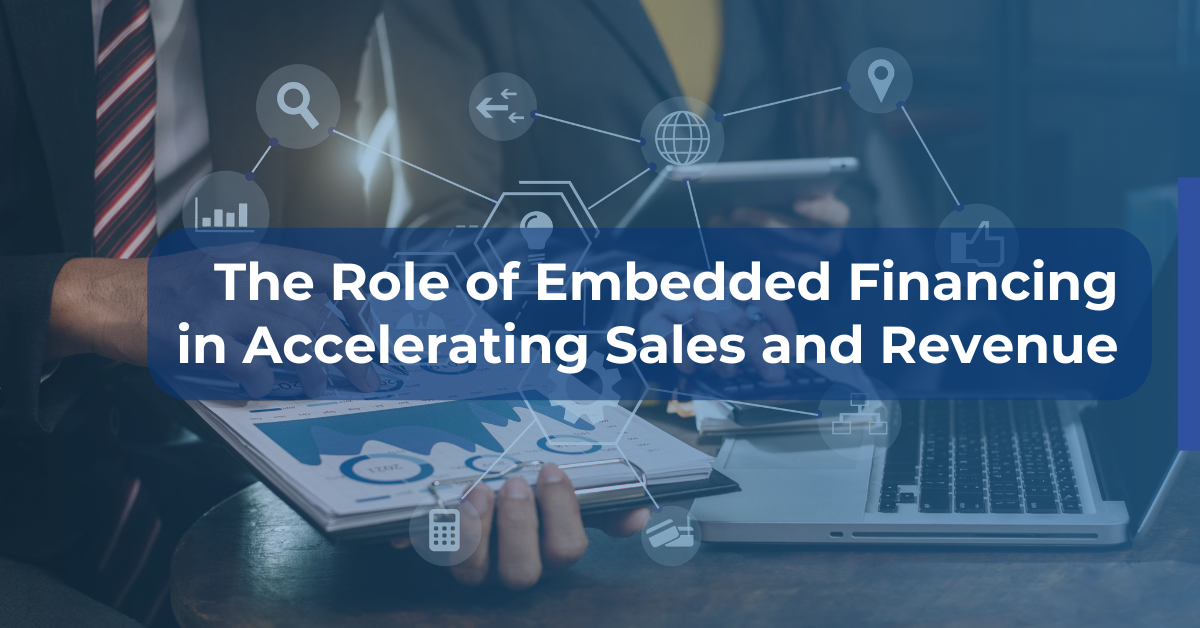Remittance advices, also called payment advice, are documents the payer shares with the payee as proof of payment, detailing the transaction details. These documents serve as a crucial reference point for corporates to reconcile their accounts receivable collections. Remittance advices carry details of records paid, additional information such as discounts or credit notes applied, deductions made (with or without reasoning), and other essential information related to the payment. Hence, reading and interpreting payment advice is crucial for any corporate, especially from the perspective of working capital optimization. Timely and accurate processing of these documents is a key factor in unlocking working capital, reducing the amount in suspense accounts, and ultimately decreasing DSOs.
But do all customers of a corporate share payment advice?
Well, no. Remittance advices are usually shared by a Corporate’s large customers.
E.g., Imagine a large FMCG manufacturer. There would be two significant channels through which the FMCG player will sell the product – dealers/distributors/SME or Large Customers (Amazon, Walmart, Tesco, etc.).
Large/institutional customers like Amazon, Tesco, and others usually share advice.
Challenges involved in reading payment advice and why it is important?

1. Formats vary from customer to customer.
Remittance/payment advices are shared in the customer’s format, making it challenging for the Corporate’s AR team to read. Standard formats are Excel, PDF, Delimited Text, and e-mail body.
2. Data structure and discounts/deduction codes are customer specific.
Even for two customers sharing Excel payment advices, how data or details are captured varies greatly. The same applies to deduction reasons. Data structure and deduction codes are usually linked to a customer’s internal processes and systems. Therefore, the A/R teams must maintain a client-specific ruleset for reading and interpreting payment advice.
3. Shared via multiple channels.
Customers can share payment advice as an upload in their vendor portal or via e-mails. In the case of a vendor portal, the A/R team will have to manually enter the username and credentials and search for payment advice. Hence, searching for payment advice and categorizing at a customer level is tedious.
Reading payment advice requires attention to detail and knowledge of the customer’s specific format and data structure. It is vital for the A/R team to have a well-defined process for reading and interpreting payment advice and to maintain a client-specific ruleset to ensure accurate reconciliation. Additionally, technology and automation can help streamline the payment advice reading process, improving efficiency and reducing errors.
Don’t settle for just OCR; look for enhanced value
PayEX data extraction engine can help customers automate the extraction of payment advice from customers, classify the same basis pre-defined ruleset, and read and interpret basis client-specific requirements with zero manual intervention.

1. Extraction of payment advice
PayEX has standard bots/custom RPAs for auto-downloading the payment advice from the customer’s vendor portal. No manual activity of entering usernames and passwords at each portal level helps the team save considerable effort and time.
In case of payment advice shared via e-mails, the tool can auto-extract the payment advice samples from the e-mail body and classify basis customer shared
2. Multiple formats read.
PayEX engine can read various customer formats ranging from Text, structured e-mail bodies, PDFs (structured and semi-structured), Excel and CSV with 99% + accuracy across customers.
3. Accuracy of data extraction
PayEX data extraction engine is an intelligent tool based on Machine learning principles. In comparison to a typical OCR, which can confuse the alphabet “O” in “O00123” as digit “0,” the PayEX engine has multiple layers of superior checks done to ensure the validity of details extracted. Stage 1 would be a primary extraction using an intelligent OCR post in which the details extracted are matched against a dynamic dictionary (updated in real-time) to validate the meaning and authenticity of the data extracted.
4. Classification of payment advice basis a pre-defined ruleset.
PayEX has the capability of classifying payment advice basis pre-defined identifiers, helping AR teams to categorize the advice at a customer level, and auto-tagging them with specific keywords. This ensures that the advice is sorted correctly and the AR team does not miss any critical information.
5. Interpretation of data basis client-specific requirements
The tool can also handle customer-specific data structures, discount codes, and deduction reasons, making the reconciliation process more efficient and accurate. e.g., Reading and interpreting long comments stating deduction reasons and matching them to Corporate specific deduction codes.
Use Advanced Data Extraction to make your life easier.
PayEX’s advanced data extraction engine can handle various formats and ensure accuracy. The tool can also interpret data basis the customer’s specific requirements, making the reconciliation process more efficient and accurate. With PayEX, the AR team can save considerable time and effort and focus on other critical tasks.
For more info about our solution, visit: https://www.globalpayex.com/
For a live demo, contact: [email protected]



























